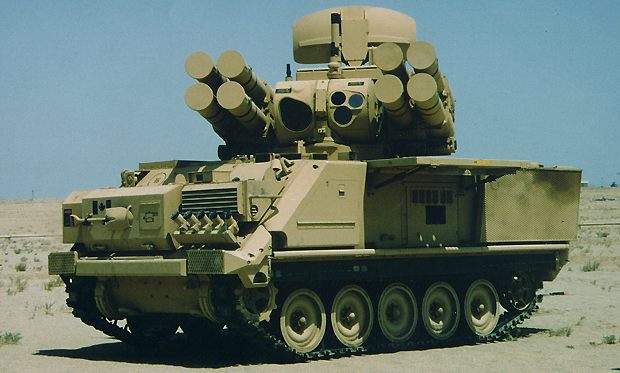
However, while overall air defence may be for homeland defence (including military facilities), forces in the field, wherever they are, provide their own defences against air threats.

In some countries, such as Britain and Germany during the Second World War, the Soviet Union, and modern NATO and the United States, ground-based air defence and air defence aircraft have been under integrated command and control.

Missile defence is an extension of air defence, as are initiatives to adapt air defence to the task of intercepting any projectile in flight. NATO refers to airborne air defence as counter-air and naval air defence as anti-aircraft warfare. However, for most countries, the main effort has tended to be homeland defence. It may be used to protect naval, ground, and air forces in any location. It includes surface based, subsurface ( submarine launched), and air-based weapon systems, associated sensor systems, command and control arrangements, and passive measures (e.g. Anti-aircraft warfare, counter-air, anti-air, AA guns, layered air defence or air defence forces is the battlespace response to aerial warfare, defined by NATO as "all measures designed to nullify or reduce the effectiveness of hostile air action".


 0 kommentar(er)
0 kommentar(er)
